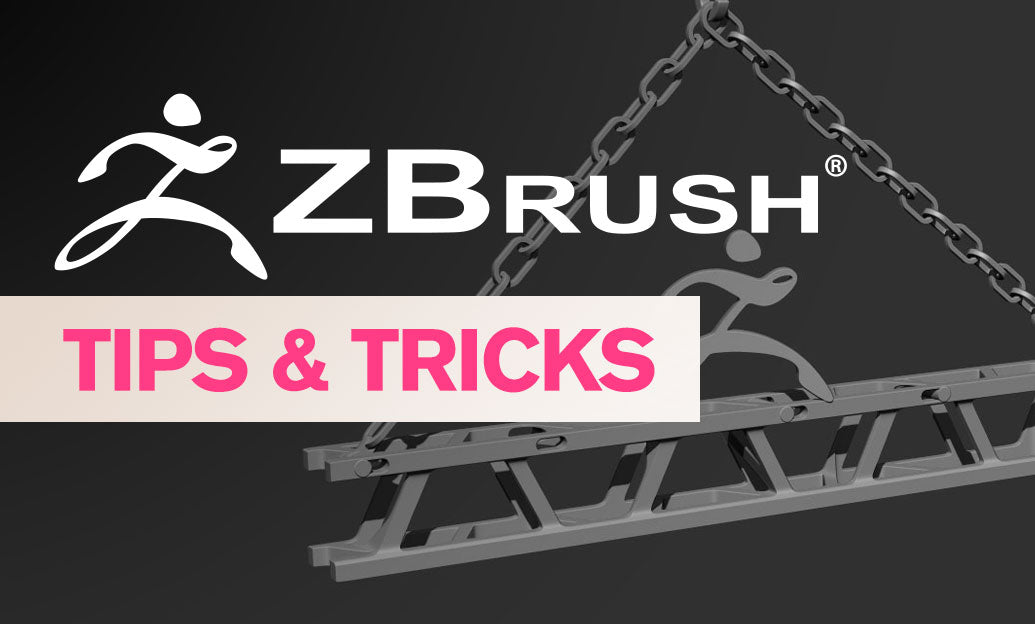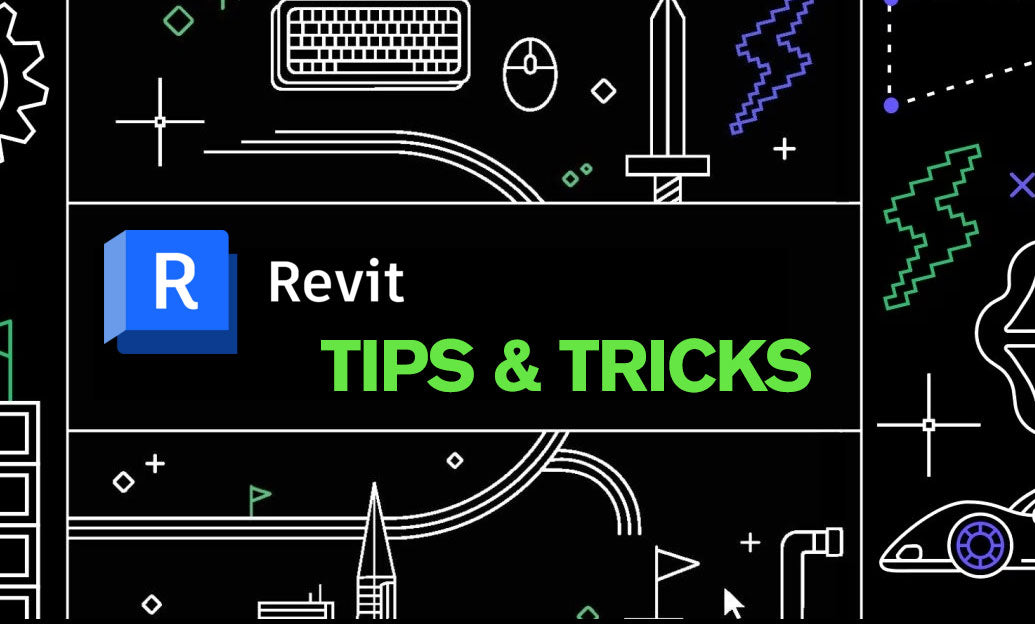Your Cart is Empty
Customer Testimonials
-
"Great customer service. The folks at Novedge were super helpful in navigating a somewhat complicated order including software upgrades and serial numbers in various stages of inactivity. They were friendly and helpful throughout the process.."
Ruben Ruckmark
"Quick & very helpful. We have been using Novedge for years and are very happy with their quick service when we need to make a purchase and excellent support resolving any issues."
Will Woodson
"Scott is the best. He reminds me about subscriptions dates, guides me in the correct direction for updates. He always responds promptly to me. He is literally the reason I continue to work with Novedge and will do so in the future."
Edward Mchugh
"Calvin Lok is “the man”. After my purchase of Sketchup 2021, he called me and provided step-by-step instructions to ease me through difficulties I was having with the setup of my new software."
Mike Borzage
The Intersection of Design Software and IoT: Revolutionizing Product Development and Lifecycle Management
August 29, 2024 3 min read


Introduction to the Intersection of Design Software and IoT
The Internet of Things (IoT) has emerged as a transformative force across various industries, seamlessly connecting devices and enabling unprecedented levels of data exchange. As IoT continues to evolve, its integration with design software presents remarkable opportunities for enhancing product design, development, and lifecycle management. Design software has experienced a significant evolution, transitioning from simple drafting tools to sophisticated environments capable of addressing complex design challenges.
The convergence of IoT and design software is particularly significant as it facilitates real-time data-driven decision-making, predictive maintenance, and collaborative design processes. This integration is poised to revolutionize the way products are conceived, developed, and maintained, offering substantial benefits to manufacturers and consumers alike.
Enhancing Product Design with IoT Integration
One of the most compelling advantages of IoT integration in product design is the ability to create real-time feedback loops. IoT sensors embedded in products can provide continuous data on performance, usage patterns, and environmental conditions. This information can be utilized by design software to inform and refine design decisions, ensuring that products are optimized for real-world applications.
For instance, sensors in a smart thermostat can relay temperature data and user preferences in real-time. This data allows designers to make informed decisions about energy efficiency and user experience, ultimately leading to a more effective product. IoT-enabled design software can process this data and propose adjustments, enhancing the overall functionality and appeal of the product.
Another critical aspect of IoT integration is predictive maintenance. IoT data can be used to foresee and mitigate potential issues before they become critical. This is achieved through the incorporation of predictive analytics within design software. By analyzing data trends, design software can predict when components are likely to fail and suggest preemptive measures.
The benefits of predictive maintenance extend beyond the design phase. Throughout the product's lifecycle, continuous monitoring and timely interventions can be performed, leading to improved product reliability and customer satisfaction. This proactive approach not only reduces downtime but also extends the operational lifespan of products.
Smart Design Processes for Smart Products
IoT integration also enhances the prototyping and testing phases of product design. By leveraging IoT data, designers can create virtual testing environments that simulate real-world conditions. These environments allow for rigorous testing and validation of designs, identifying potential issues early in the development process.
The availability of continuous data streams enables iterative design improvements. As new data is collected and analyzed, design software can suggest refinements, ensuring that the final product is both robust and user-friendly. This iterative approach accelerates the development cycle and reduces the risk of costly design flaws.
Collaborative design is another area where IoT-enabled software excels. Real-time collaboration is facilitated through integrated platforms that allow cross-disciplinary teams to work seamlessly together. By sharing data and insights in real-time, teams can co-create more effectively, harnessing the collective expertise of designers, engineers, and other stakeholders.
Some of the key tools and features that support real-time data sharing and co-creation include:
- Cloud-based design platforms
- Integrated communication tools
- Real-time data visualization
- Version control and change tracking
These tools enable teams to stay aligned, communicate efficiently, and make informed decisions quickly, ultimately leading to better-designed products.
Future Trends and Challenges
Looking ahead, the integration of emerging technologies such as Artificial Intelligence (AI) and Machine Learning (ML) with IoT-enabled design software holds immense potential. Predictive design and optimization, driven by advanced data analytics, can significantly enhance the design process by identifying optimal design parameters and configurations.
Autonomous design systems represent the next frontier in IoT-integrated design. These systems can independently generate, evaluate, and optimize designs based on specified criteria and real-time data inputs. While still in the nascent stages, autonomous design systems promise to transform the way products are conceived and developed.
However, the integration of IoT in design processes is not without its challenges. Security and privacy concerns are paramount, as IoT data can be sensitive and susceptible to breaches. Ensuring data integrity and security requires robust strategies, including encryption, access controls, and continuous monitoring.
Regulatory considerations also play a crucial role in the IoT-design landscape. Compliance with industry standards and regulations ensures that IoT-enabled designs meet legal and safety requirements. As IoT continues to evolve, staying abreast of regulatory changes will be critical for designers and manufacturers.
The future impact of IoT-enabled design on industries and everyday life is profound. Potential advancements include smarter, more efficient products, enhanced user experiences, and increased sustainability. As design education evolves to incorporate IoT-integrated environments, future designers will be better equipped to leverage these technologies and drive innovation.
Also in Design News

Animation for Beginners - Part 2: 12 Animation Principles you NEED to know
January 14, 2025 1 min read
Read More
ZBrush Tip: Enhancing 3D Model Precision with ZBrush's TrimCurve Tool
January 14, 2025 2 min read
Read More
Revit Tip: Utilizing Design Phases to Enhance Revit Project Efficiency and Collaboration
January 14, 2025 1 min read
Read MoreSubscribe
Sign up to get the latest on sales, new releases and more …


